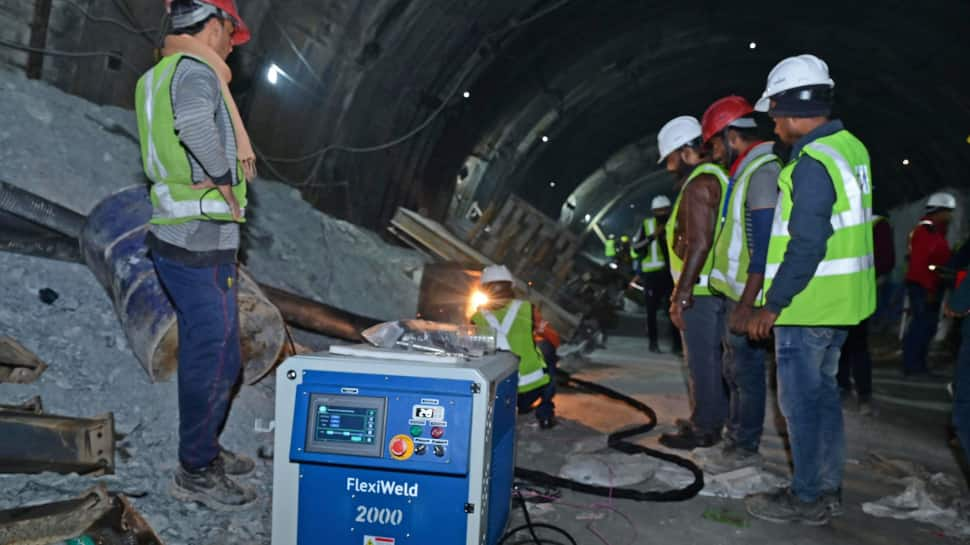New Delhi: The final phases of the rescue mission to liberate 41 workers ensnared in the Silkyara Tunnel in Uttarakhand are underway, and the extraction of laborers is imminent. Over the past 17 days, the NDRF, in collaboration with the Indian army and other relevant authorities, has been tirelessly working around the clock to evacuate the workers trapped following the collapse of a section of the under-construction tunnel in Uttarkashi.
The rescue mission commenced by employing a gentle cutting machine, which later transitioned to utilizing an American auger machine to penetrate the collapsed section of the tunnel. However, both strategies proved unsuccessful as the auger machine malfunctioned, getting lodged in the tunnel and complicating the rescue efforts further.
The rescue team then shifted to a vertical drilling approach and the rat mining strategy was also introduced to level up the rescue operation.
What is the rat hole mining technique?
Rat-hole mining is a contentious and hazardous extraction method involving the removal of coal through small pits, each no wider than 4 feet. Once the miners reach the coal seam, lateral tunnels are created to extract the coal. The extracted coal is initially deposited nearby and later transported.
In rat-hole mining, manual tools such as chisels and hammers are utilized by workers to excavate and remove debris. This method is prevalent in Meghalaya, particularly where the coal layer is thin. Due to the compact size of the tunnels, even minors, including teenagers and children, are engaged in the process, with some pretending to be adults to secure employment in such mines. Several incidents in Meghalaya have led to fatalities among rat-hole miners. On December 13, 2018, 15 workers engaged in 'rat hole mining' lost their lives due to waterlogging in a coal mine in Kasan.
Why was the ban imposed?
The National Green Tribunal (NGT) imposed a ban on this form of mining in 2014, maintaining the ban in 2015 as well, specifically in relation to Meghalaya. Subsequently, the state government appealed against this order in the Supreme Court. Despite the ban, reports suggest that this practice persists on a significant scale in states beyond Meghalaya.
Regarding the Silkyara Tunnel incident, the individuals present at the site, according to Neeraj Khairwal, the nodal officer appointed by the Uttarakhand government for rescue operations, are not 'rat hole' miners but rather experts in this mining technique.
















